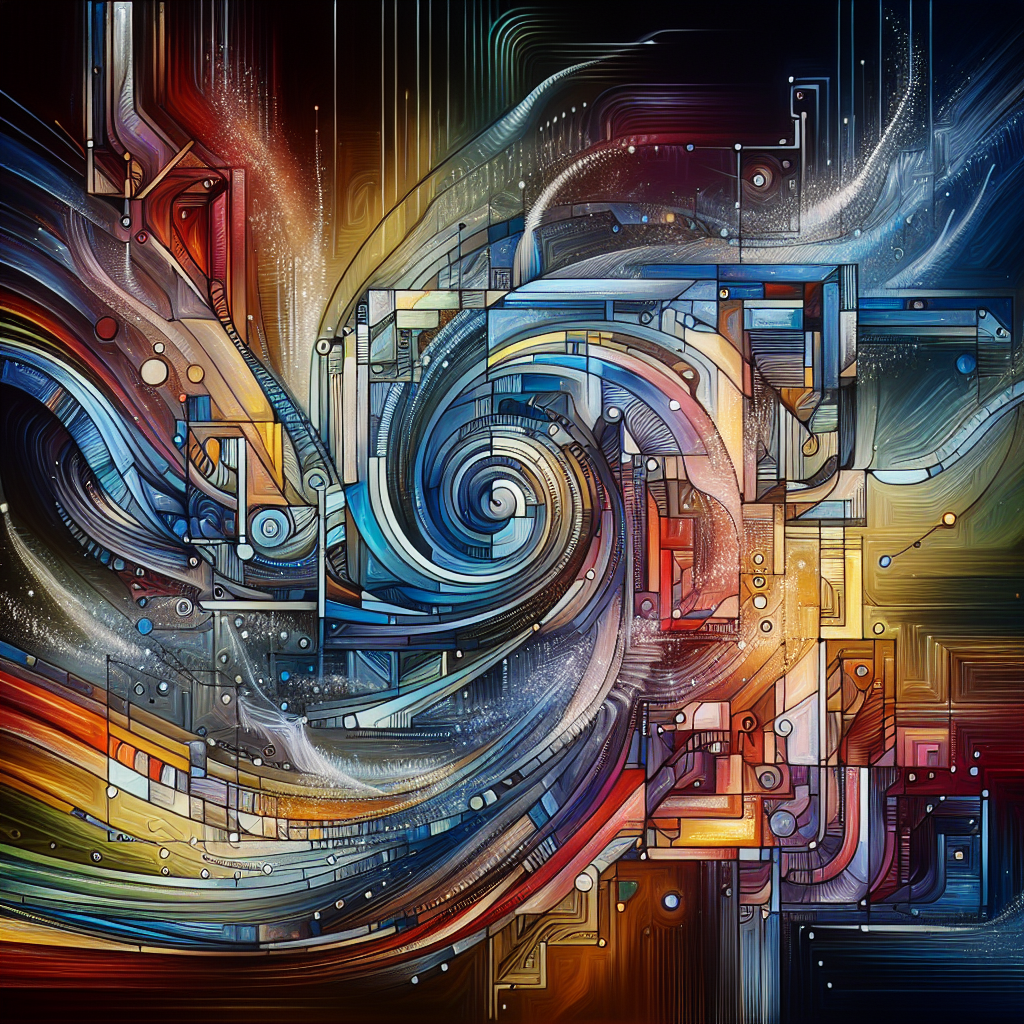Artificial Intelligence (AI) has become increasingly prevalent in various aspects of our lives, including the creation of art. AI-generated art is a fascinating and rapidly evolving field that raises questions about the nature of creativity, aesthetics, and authorship. In this article, we will explore the aesthetics of AI-generated art, its implications for the art world, and some frequently asked questions about this emerging form of artistic expression.
The concept of AI-generated art is based on the use of algorithms and machine learning techniques to create visual or auditory works of art. These algorithms are trained on large datasets of existing artworks, allowing them to learn patterns and styles that can then be used to generate new pieces.
One of the most well-known examples of AI-generated art is the work of the artist and programmer, Mario Klingemann. Klingemann uses neural networks to create mesmerizing and often surreal images that blur the line between human and machine creativity. His work has been featured in galleries around the world and has sparked a lively debate about the role of AI in the art world.
One of the key questions raised by AI-generated art is the issue of authorship. Who should be credited as the creator of a piece of art generated by an algorithm? Should it be the artist who trained the algorithm, the programmer who wrote the code, or the AI itself? This question challenges traditional notions of artistic authorship and raises important ethical considerations about the ownership and distribution of AI-generated artworks.
Another important aspect of AI-generated art is its potential to democratize the creative process. By using algorithms to generate art, artists can explore new styles and techniques that they may not have considered otherwise. This can lead to a more diverse and inclusive art world, where artists from different backgrounds and disciplines can collaborate and experiment with AI tools to create truly unique and innovative works.
The aesthetics of AI-generated art are also a subject of ongoing debate. Some critics argue that AI-generated art lacks the emotional depth and intentionality of human-created art, while others see it as a new form of creativity that challenges our preconceived notions of beauty and expression. Regardless of where one stands on this issue, it is clear that AI-generated art has the potential to push the boundaries of traditional artistic practices and open up new possibilities for artistic expression.
FAQs about AI-generated art:
Q: Is AI-generated art really art?
A: This is a complex question that depends on how one defines art. While some may argue that AI-generated art lacks the intentionality and emotional depth of human-created art, others see it as a valid form of artistic expression that pushes the boundaries of creativity. Ultimately, the question of whether AI-generated art is art is subjective and open to interpretation.
Q: Who owns the rights to AI-generated art?
A: The issue of ownership and authorship of AI-generated art is still a gray area in the art world. In some cases, the artist who trained the algorithm may be credited as the creator of the artwork, while in other cases, the AI itself may be considered the creator. It is important for artists and programmers to establish clear agreements about ownership and rights before embarking on AI-generated art projects.
Q: Can AI-generated art be considered original?
A: While AI-generated art is based on algorithms and existing datasets, it has the potential to create new and unique artworks that challenge our traditional notions of originality. Artists can use AI tools to explore new styles and techniques that may not have been possible through traditional means, leading to truly innovative and original works of art.
Q: How is AI-generated art changing the art world?
A: AI-generated art is challenging traditional notions of creativity, authorship, and aesthetics in the art world. It is opening up new possibilities for artistic expression and collaboration, while also raising important ethical questions about the role of AI in the creative process. As AI technology continues to evolve, it is likely that AI-generated art will play an increasingly significant role in shaping the future of the art world.
In conclusion, the aesthetics of AI-generated art are a complex and evolving field that raises important questions about creativity, authorship, and the nature of art itself. As artists and programmers continue to explore the possibilities of AI technology in the creative process, it is clear that AI-generated art has the potential to challenge and inspire us in new and unexpected ways. Whether one sees AI-generated art as a threat to traditional artistic practices or as a new form of creativity that pushes the boundaries of what is possible, it is undeniable that AI-generated art is here to stay and will continue to shape the future of the art world for years to come.

